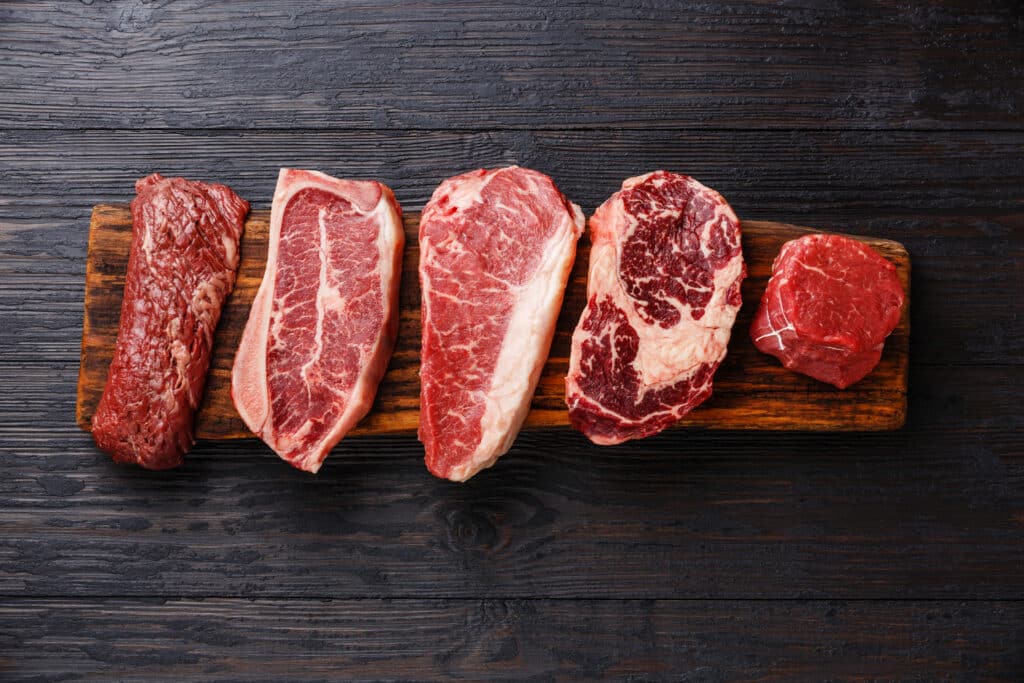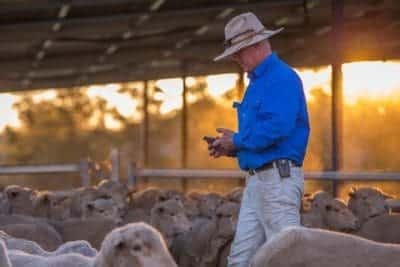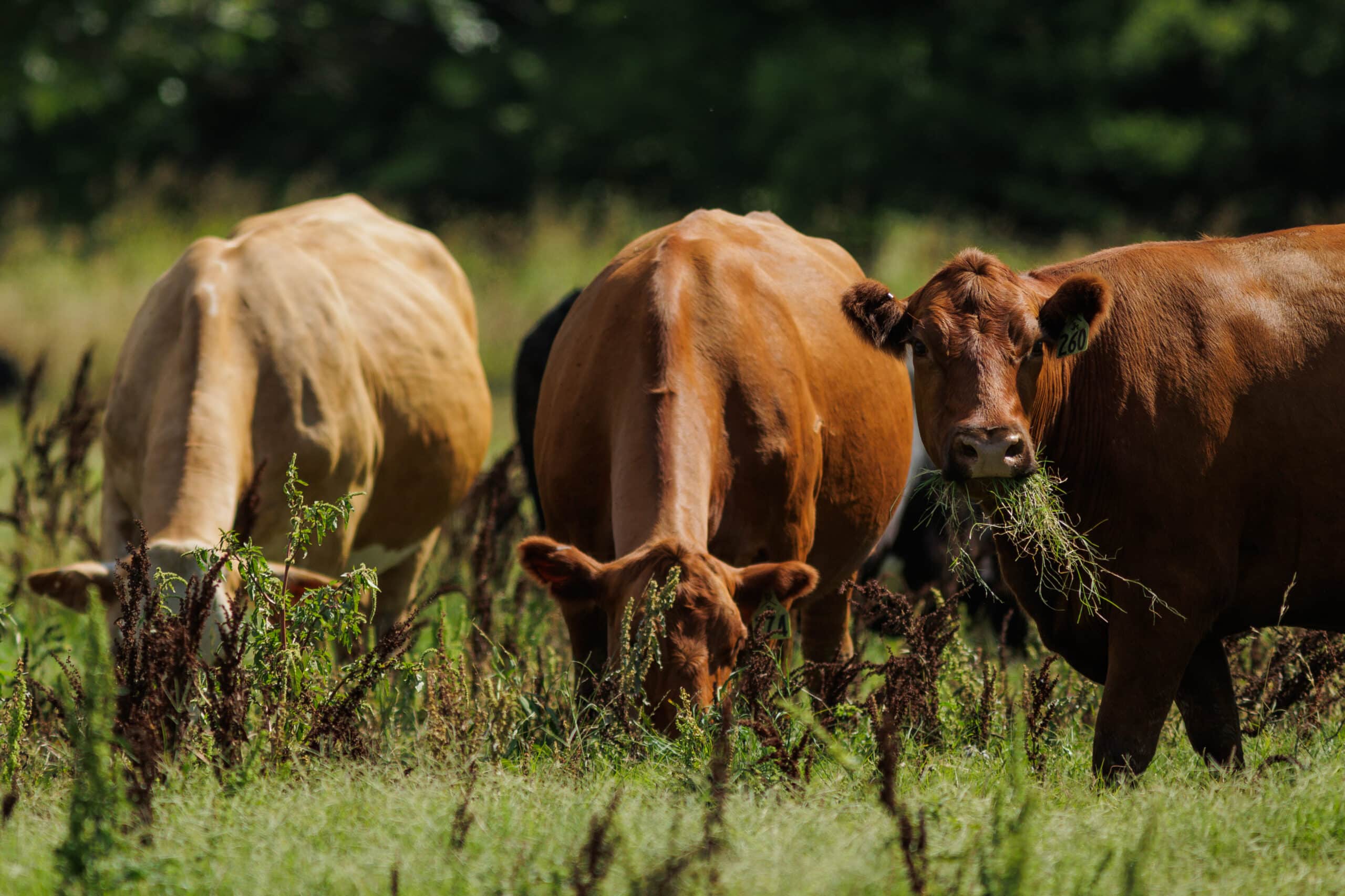Report: US ranchers feel increased pressures

There are a lot of industry reports out there, and agriculture is no different. For each segment of the supply chain, from producers to end-users, a report has been published containing relevant data to influence future decision-making and support business direction.
While AgriWebb’s 2023 State of the Global Farmer report could be seen as falling into the same trend (yes it has percentages, charts and graphs), it’s a true compilation of over 850 voices of farmers and ranchers. From feedback on priorities and challenges being faced in the upcoming year to sentiments around government and technology, the report breaks down what’s truly on the minds of producers worldwide.
With over 130 responses from US ranchers, here are the top three takeaways in the 2023 State of the Global Farmer report.
Government and regulatory pressures surge
US ranchers are feeling a significant increase in governmental and regulatory pressure in 2023. In contrast to the 2022 Report when respondents listed these pressures as a lesser challenge, this year’s responses ranked these pressures as the fourth highest.
What could be causing this? At the foundation, 59% of US ranchers responded saying they don’t feel supported by the government. This could stem from legislative frustrations impacting these feelings, both nationally and at a state level. An example includes the PAUSE Act, proposed in Oregon and Colorado, that puts increased regulation on animal management practices. Of particular interest to US producers, nationally, is the multi-year Farm Bill which is set to expire on September 30th of this year. Many respondents expressed concern about how their needs will be served in the renewed Farm Bill.
Throw into the mix high inflation, rising input costs, and higher tax rates, and you can understand why ranchers are experiencing increased pressure as the year unfolds.
Marketing for margin improvement

Rising input costs, maintaining and improving margins, and rising tax rates were identified as the top three challenges US ranchers are facing in 2023. With input costs like feed, fuel and fertilizers skyrocketing, ranchers are turning to new marketing strategies to get more for their livestock to offset these costs.
As producers seek financial resilience in these tough times, two avenues were identified as opportunities for adding value to each animal – process verified programs (PVPs) or value-added certifications, and direct-to-consumer marketing.
The US led all regions as adopters of selling directly to the end-user, with half of producers responding that they sell some, or all, of their beef directly to the end-user in comparison to 39% in 2022. While taste, quality and convenience continue to be main drivers of consumer purchasing decisions, the “local story” has more of a seat at the table. More producers are capitalizing on higher price points, allowing them to take more ownership over the supply chain.
While the US is leading the pack in DTC selling, US ranchers are falling behind in their utilization of process verified programs (PVPs) and value-added certifications (29% are involved compared to 63% of Australian and 61% of UK farmers). What does that mean? There’s profit potential that is up for grabs.
The carbon waiting game
There is a lot of uncertainty when it comes to carbon markets and how livestock producers can benefit. While there’s been a significant decrease in the reported prioritization of carbon markets and carbon sequestration around the globe, it doesn’t mean that farmers and ranchers don’t want to participate.
In reality, the “carbon waiting game” has commenced. While the majority of farmers and ranchers aren’t currently participating (87.1%), there’s still interest being shown. When surveyed, 35.6% of ranchers shared they either want to (but have no plan) or haven’t started, but plan to get involved.
For the majority (52%), ranchers indicated that they were waiting to see how the market developed when it comes to carbon before they take a more active role.
What does this mean for experts in the carbon space? There’s work to be done, alignment to occur, and education to be shared, all of which, needs to benefit farmers and ranchers.
Curious what other insights, feedback and trends are in the 2023 State of the Global Farmer Report? Download now and find out



